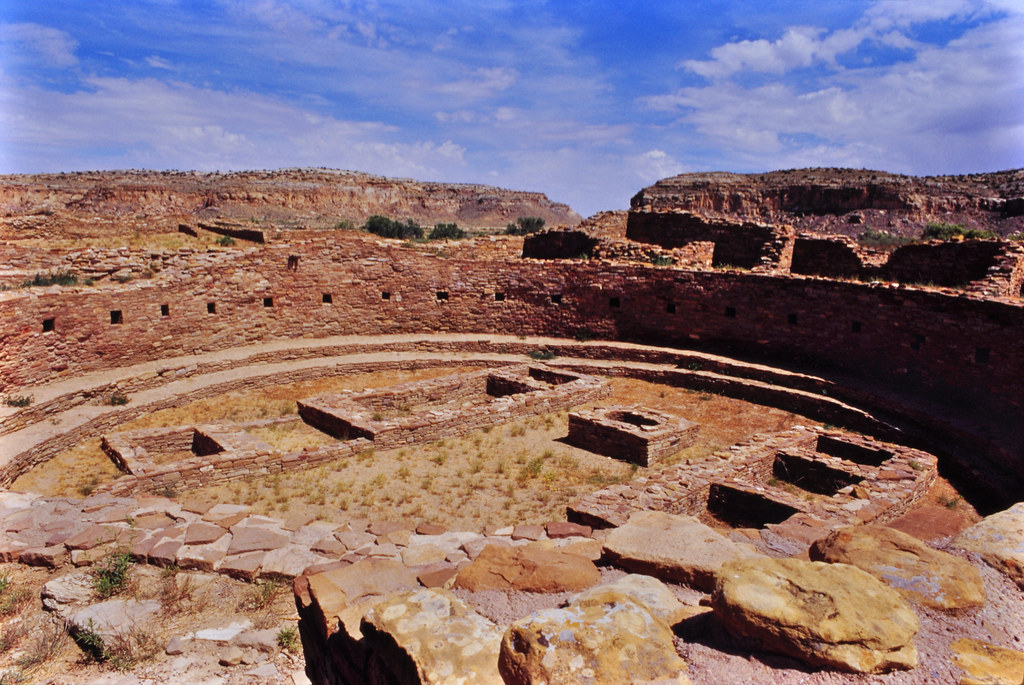Aggregated News

In 2017, a team of scientists successfully extracted the DNA of members of a Pueblo community who were buried starting around 1,300 years ago in what is now Chaco Canyon in New Mexico. The DNA suggested that these people had lived in a matrilineal society, with power passed down through generations of mothers.
The paper was a powerful example of how ancient DNA could illuminate the lives of people who died long ago.
It was also a case study in poor ethics, some researchers contended at the time. They alleged that the scientists had failed to consult with local tribes and used culturally insensitive terms, such as referring to a tribal ancestor as “cranium 14.”
Such criticisms have grown more numerous in the past decade as the practice of extracting DNA from ancient human remains has become more widespread, thanks to advances in genetic-sequencing technologies.
On Wednesday, an international group of researchers who work on ancient DNA articulated a set of ethics guidelines to ensure that their work does no harm, either to the once-living...



